Tile roofs are one of the most long-lasting roof systems; however, various circumstances, such as excessive roof traffic or fallen debris in inclement weather, can cause individual tiles to break. It's critical to replace defective tiles as soon as possible to ensure that your tile roof system is not damaged. But, How To Replace Roof tiles?
This manual will answer all of your questions regarding replacing standard broken interlocking roof tiles. These are the most popular types of roofing material in the United States, and they may be found in millions of homes across the country.

What Safety Gear Do I Need to Replace Roof Tiles?
When a roof tile breaks, you'll need to climb up on ladders to replace it. This must be done carefully. Ladders should be set up on the flat, level ground if possible. Someone should hold your ladders if necessary so they don't move around.
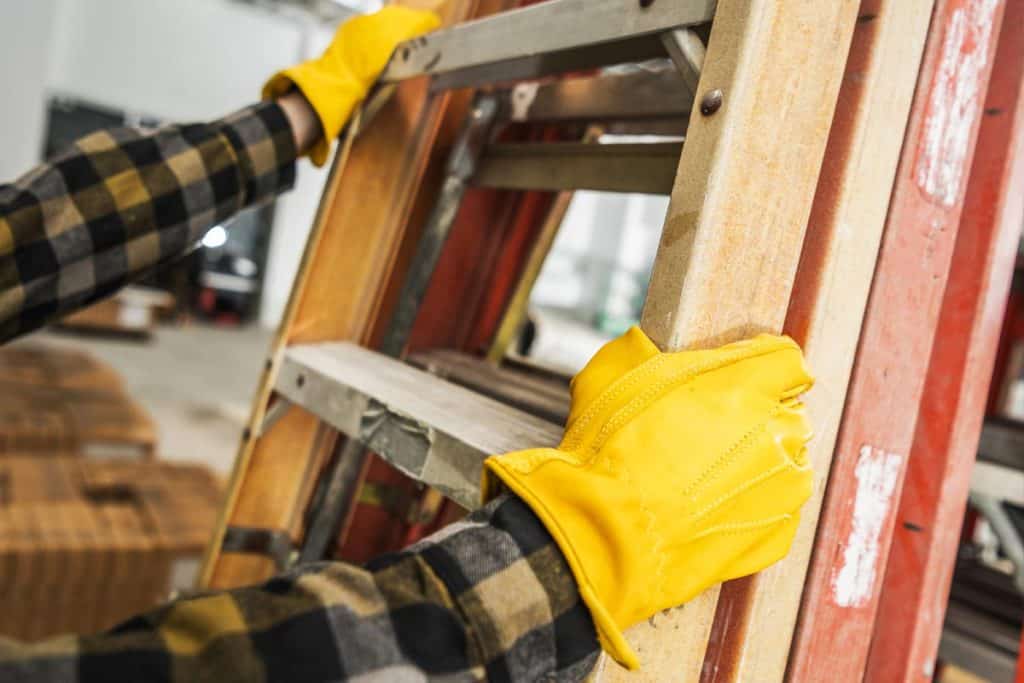
Roof tiles are heavy and have to be lifted, making them difficult to replace. Even if they aren't necessary, you might want to use safety gloves while replacing roof tiles to avoid hurting your hands in the process.
Preparation for Replacing Roof Tiles
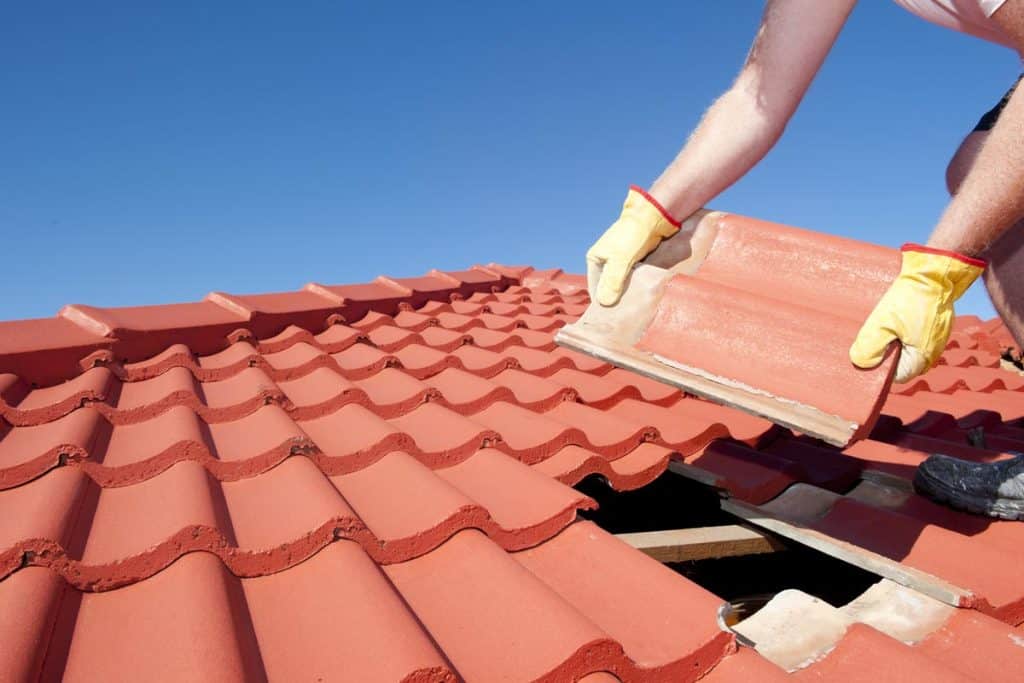
To replace your roof tiles, you'll need first to clear away the old damaged ones to make space for the new ones.
Removing your roof tiles is quite simple. It would help if you simply lifted away any overlapping tiles that may be holding the broken tile in place and then, once it's free, lifted away from the fractured tile from the roof.
If your tiles are nailed down, you'll need to use a pry bar to lift the overlapping pieces and remove the nail before pushing them out of the way to free up the broken portion.
Once you've removed the broken tile, you'll have room to put your new tile in the hole in your roof.
What Tools Do I Need?
You can replace roof tiles yourself with the right tools, and it's not difficult at all. The following is a list of the equipment you'll need to replace roof tiles:
- Hammer
- Ladders
- Pry bar
How To Replace Roof tiles?
The procedure to replace tiles on a roof is as follows:
Step 1
When replacing your roof tiles, the first step is to remove the existing damaged tile so that the new tile may fit. This can be accomplished in one of two ways listed above. If your roof tiles are nailed down, you'll need to pry out the nails before attempting to remove the damaged tile.
Step 2
Once you've removed the damaged tile and have a hole in your roofing sector, you may now install new tiles. Insert your new tile into the space where the old one used to be.
Step 3
You'll need to secure the new tile by replacing the overlapping tiles in their proper place when you're finished. To achieve this, gently lift the overlapping tiles with a hammer and then pull them back into place.
Step 4
This is an optional step. If you want to add more security to your roof tiles, you may use a hammer to nail them in place.
Since you know how to replace roof tiles? It's also essential to learn more about the types of roof tiles.
Types of Roof Tiles
Common roof tiles are available in various styles throughout the United States. The following is a rundown of the many sorts of roof tile that you're likely to encounter in the United States:
Clay Tiles
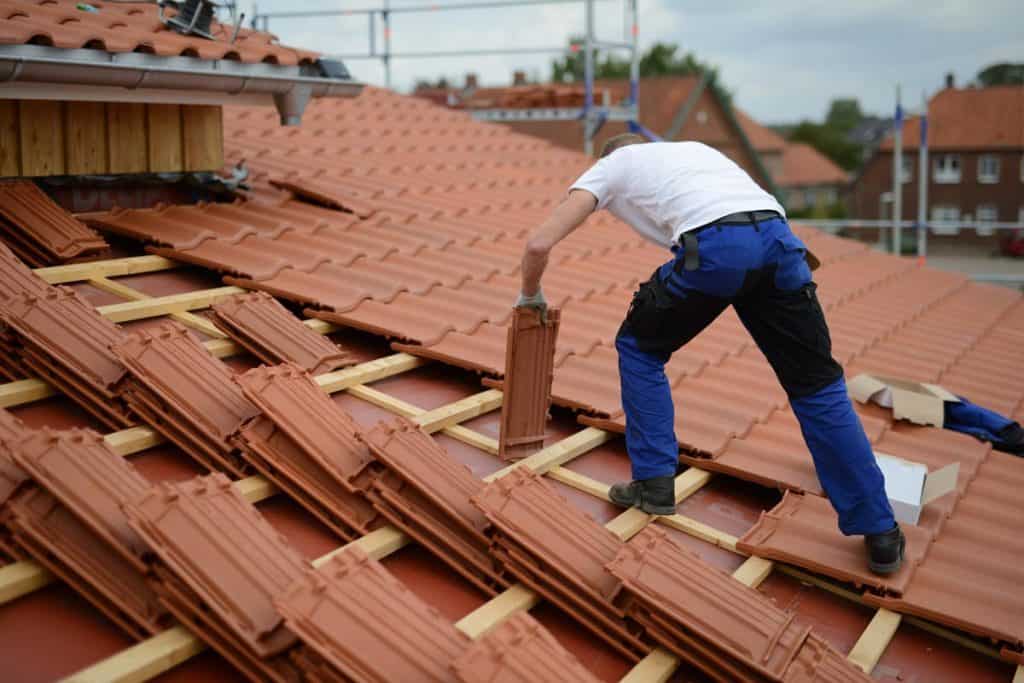
Colorful terracotta tiles are appealing because they retain their natural hue before maturing into darker, richer colors. The tile manufacturer determines the color change of these tiles and the environment in which your house is located. Clay tiles have a wide range of colors and maybe quite attractive. Clay tiles are known to be long-lasting and durable.
Concrete Roof Tiles
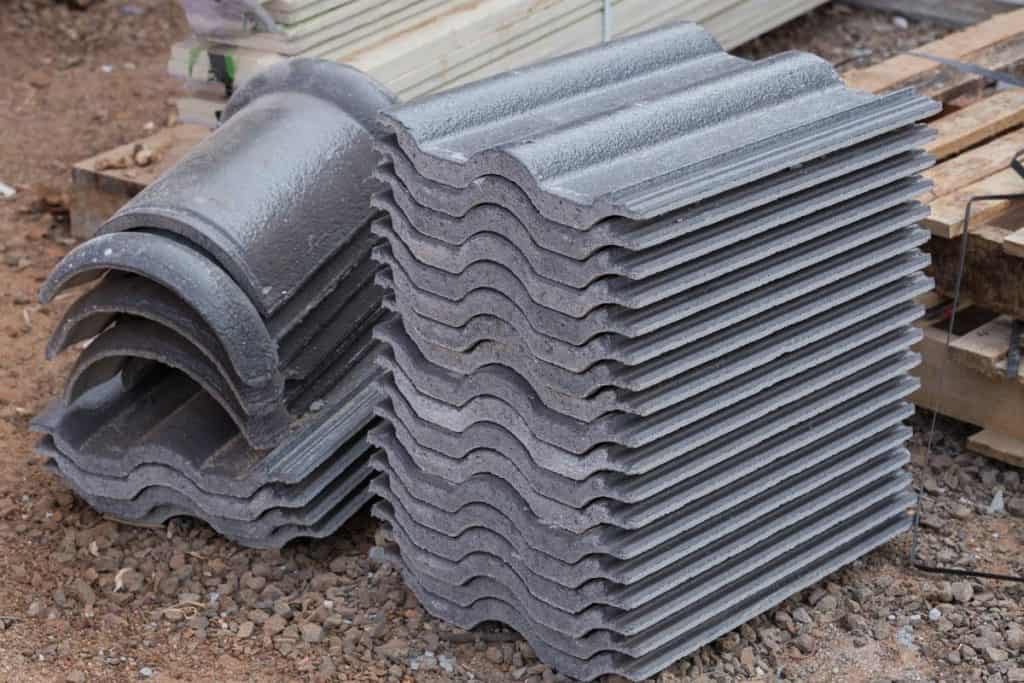
Concrete tiles are generally surface treated, which means they are the most effectively protected against environmental deterioration possible. Depending on your preferences, concrete tiles are typically painted. Unfortunately, however, the colors tend to fade with time. The treatment used on concrete tiles usually guarantees a long service life. Dust, moss, grime, and impurity are all reduced thanks to the protective paint.
Interlocking Roof Tiles
These are the quickest and most simple roof tiles to install. They also save money on other types of tile. As a result, these tiles are among the most popular roofing tiles in the United States. Interlocking roof tiles are usually constructed of concrete and maybe colored to match your style.
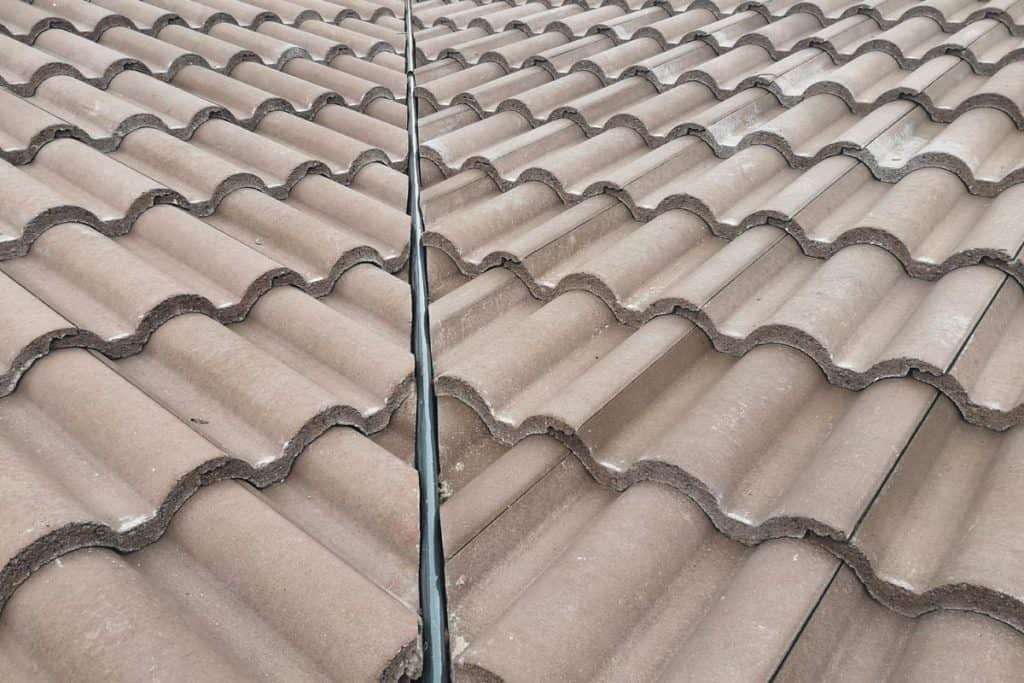
Large Format Roof Tiles
These types of roof tiles are more significant than other kinds and, as a result, installation is much quicker and easier. The larger tiles require less weight and support from the base since they are bigger. These tiles come in clay and concrete forms and offer the opportunity to be manufactured in various designs and styles. There are numerous options when it comes to colors, textures, and finishes.
Few Factors to consider before replacing your roof tiles
The first thing to consider is the tile itself. Are there any broken tiles, and if so, how many are there? A full replacement will be suggested if more than 50% of the tiles are destroyed or crushed. It's not cost-effective to attempt to repair a tile roof with more than 50%.
The condition of the underlayment system is the second consideration. Roof tiles are porous; therefore, organic underlayment such as felt paper is usually used. A Felt piece with a thickness of 30 to 90 pounds is typical. The underlayment system keeps the roof waterproof by keeping it porous.
At times, the underlayment system fails; the tile itself is in excellent condition and has several years of service life remaining. In these situations, your roof contractor can perform a "lift and re-lay," where they remove the current tile, underlayment, and flashing system, replace it with new flashing, underlayment systems, and then return to reinstall the roof tiles. The "lift and re-lay" technique may save you money.
The average cost of roof tile replacement
Depending on the size of the roof and the sort of tile roof you choose, flat roofs cost between $16,000 and $32,000 to install. On an average single-story home with standard-sized tiles, material costs will range from $400 to $1600 per square foot. The type of tile cut or style might also influence the material cost.
When it comes to roof maintenance like when tiles need to be replaced, a qualified and bond-certified roofing contractor should be hired. Hiring an expert contractor to do the job not only protects you from injury but also lowers the likelihood of additional tiles being damaged.
